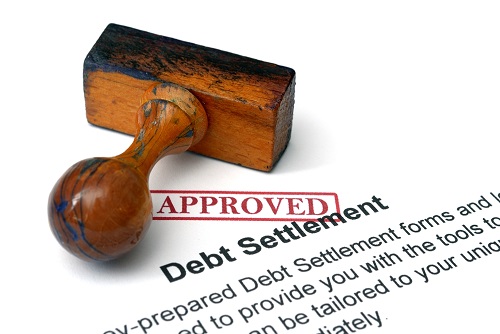Loan debt can be a significant burden, impacting your financial stability and overall quality of life. Whether it’s due to student loans, credit card debt, or personal loans, finding effective ways to manage and relieve debt is crucial. This article explores various loan debt relief options, providing insights and strategies to help you regain control of your finances.
What is Loan Debt Relief?
Loan debt relief refers to various strategies and programs designed to help individuals reduce or eliminate their debt. These can include debt consolidation, debt settlement, loan forgiveness, and more. The goal of debt relief is to make debt more manageable, reduce financial stress, and ultimately achieve financial freedom.
Common Types of Loan Debt
- Student Loans: Educational loans taken to finance higher education can accumulate quickly and become overwhelming.
- Credit Card Debt: High-interest credit card balances can snowball if not managed properly.
- Personal Loans: Unsecured loans taken for personal expenses can add to the debt burden.
- Mortgages: Home loans can be long-term financial commitments that require careful management.
Loan Debt Relief Options
- Debt Consolidation
Debt consolidation involves combining multiple debts into a single loan with a lower interest rate. This simplifies your payments and can reduce the total interest paid over time.
Pros:
- Simplified payments
- Potentially lower interest rates
- Improved credit score if managed well
Cons:
- May require collateral
- Extends repayment period
- Debt Settlement
Debt settlement involves negotiating with creditors to pay a lump sum that is less than the total amount owed. This can significantly reduce your debt, but it can also negatively impact your credit score.
Pros:
- Reduced debt amount
- Faster resolution
Cons:
- Negative impact on credit score
- Potential tax implications
- Loan Forgiveness
Loan forgiveness programs, typically for student loans, forgive part or all of your loan balance. These programs are usually available to individuals working in public service or certain professions.
Pros:
- Significant reduction in debt
- No tax implications for forgiven amounts (depending on the program)
Cons:
- Specific eligibility criteria
- Long commitment periods
- Credit Counseling
Credit counseling agencies offer services to help manage and reduce debt. They can assist with budgeting, financial planning, and negotiating with creditors for better terms.
Pros:
- Professional guidance
- Personalized financial plan
Cons:
- Fees for services
- Time-consuming process
- Bankruptcy
Bankruptcy is a legal process that can discharge most of your debts. It should be considered a last resort due to its severe impact on your credit score and future borrowing ability.
Pros:
- Elimination of most debts
- Legal protection from creditors
Cons:
- Severe impact on credit score
- Loss of assets in some cases
Choosing the Right Debt Relief Option
When considering debt relief options, it’s essential to evaluate your financial situation, goals, and the pros and cons of each option. Here are some steps to help you choose the right path:
- Assess Your Debt: Make a list of all your debts, including amounts owed, interest rates, and monthly payments.
- Evaluate Your Financial Situation: Consider your income, expenses, and any assets that can be used to pay down debt.
- Research Options: Learn about the different debt relief options available and how they apply to your situation.
- Seek Professional Advice: Consult with a financial advisor or credit counselor to get personalized recommendations.
- Create a Plan: Develop a detailed plan to address your debt, including a timeline and actionable steps.
Tips for Managing Debt
- Create a Budget: Track your income and expenses to identify areas where you can cut back and allocate more funds to debt repayment.
- Prioritize High-Interest Debt: Focus on paying off debts with the highest interest rates first to reduce the overall interest paid.
- Avoid New Debt: Limit the use of credit cards and refrain from taking out new loans while you are working on debt relief.
- Communicate with Creditors: Stay in contact with your creditors and inform them of your financial situation. They may offer hardship programs or more favorable terms.
- Stay Disciplined: Stick to your debt repayment plan and make consistent efforts to pay down your debt.
Conclusion
Loan debt relief is an essential step towards achieving financial stability and freedom. By understanding the different options available, such as debt consolidation, settlement, loan forgiveness, credit counseling, and bankruptcy, you can make informed decisions that best suit your financial situation. Remember, managing debt requires discipline, patience, and a proactive approach. With the right strategies and support, you can successfully navigate your way out of debt and build a more secure financial future.
Get in touch with us today at www.Settleloan.in and embark on your path to financial freedom



